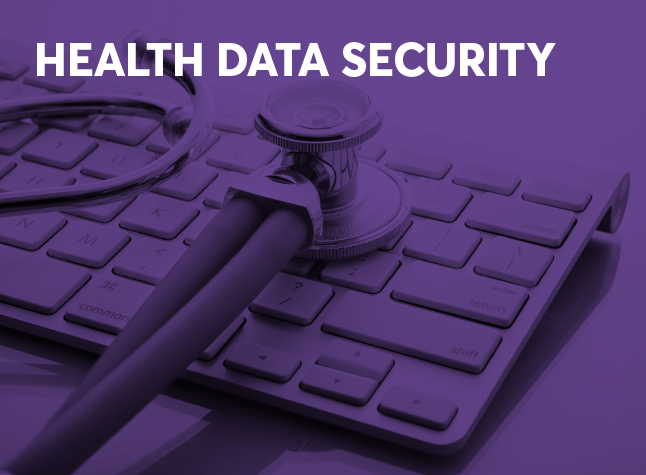
6 ways to safeguard health data during wellness screenings

Employee privacy
There are a variety of privacy breaches you know to avoid. You know not to share health data and to provide secure areas for private conversations, for example. But what about the obscure privacy concerns you might not have thought about?
Here are six to address to ensure each of your wellness events is as safe and secure as possible, according to Allan Kohll, founder and president of

Facial expressions
As the coordinator of the event, however, you can safeguard against someone who slips. Try placing counseling stations in a secure area. If the space doesn’t allow, ensure health professionals aren’t facing a waiting area or somewhere that will be highly populated during the event.

Exposed paperwork
Many health professionals have been taught to store paperwork face down to address this type of exposure. You can further address the problem by providing a table or space that can only be accessed by event staff. If you have the means, you might consider providing a folder or box in which to store completed paperwork.

Potential to be overheard
Health professionals are trained to speak at a reasonable volume. If you can provide a space large enough to spread counseling stations out, you’ll be taking a huge step towards ensuring private information isn’t overheard. Always remember to plan and reserve rooms with privacy in mind.

Unattended equipment
A simple way to address this is — again — to think about privacy when preparing the space you’ll use for your event. Be sure you have a room large enough that health equipment can be kept at a safe distance from waiting areas or places where participants might gather.

Identification confirmation
As the wellness coordinator, however, it’s important to educate your workforce on the importance of identification confirmation. Be sure they know to use and respond to their full name when waiting for results. If they know a co-worker has the same name, remind them to confirm date of birth, spelling or some other identifier. The more

Speaking out loud
Employees are provided handouts that list their health metrics. Health professionals are instructed to point at numbers and results rather than speaking them out loud. This is one more safeguard against being overheard.
It’s important your employees follow suit in order to protect their own health information. If they have a question about a particular number, it’s best to point to it. For example, an employee might say, “Is this an acceptable LDL cholesterol number?” as they point to their LDL result, rather than saying, “Is 127 an acceptable LDL cholesterol number?”





